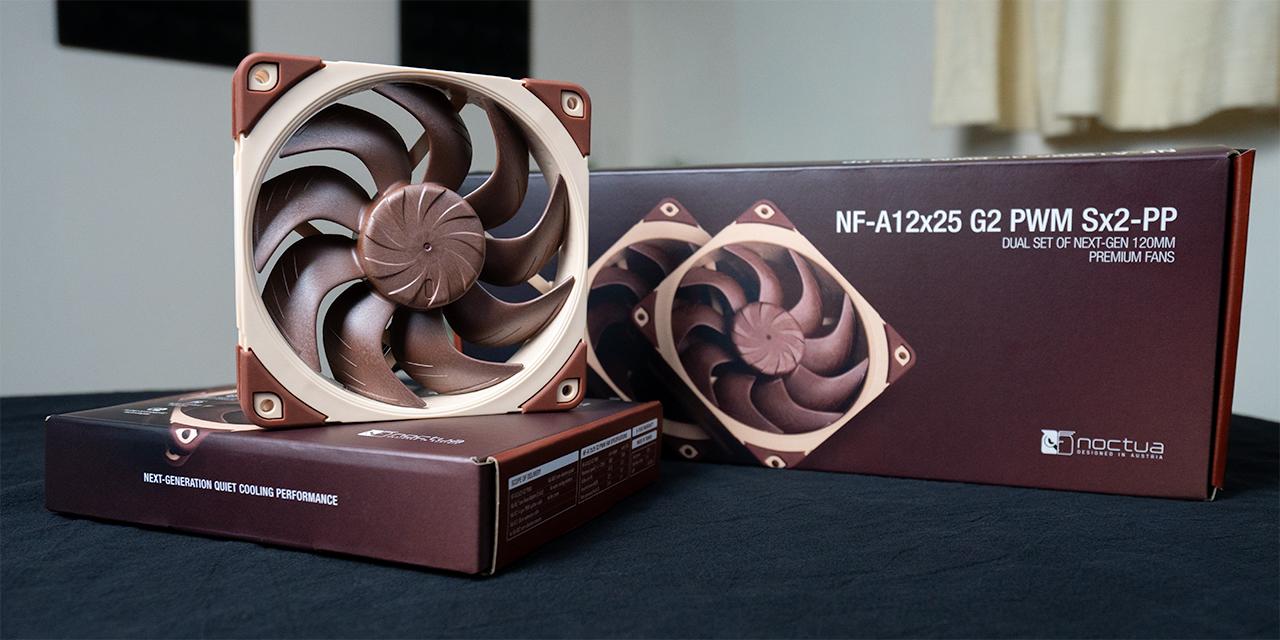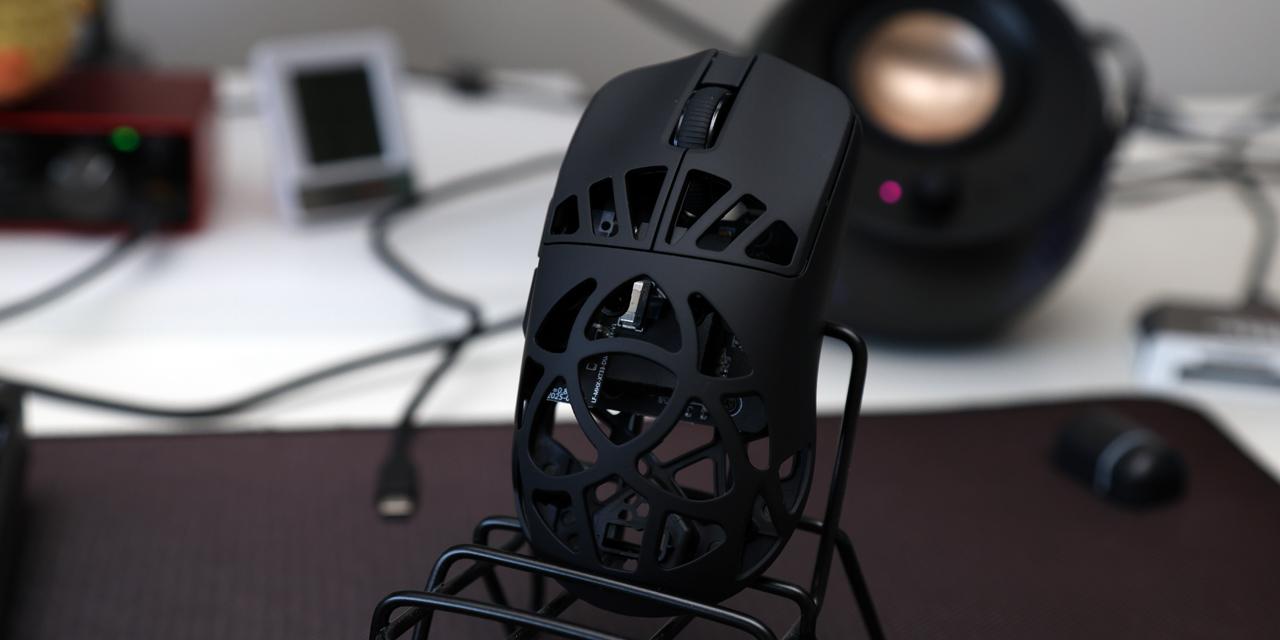|
From X-bit Labs: Advanced Micro Devices reaffirmed plans to sell accelerated processing units with Jaguar x86 cores and Radeon HD “GCN” graphics technology on open market. While those APUs will not be as powerful as the one that AMD developed for Sony Corp.’s PlayStation 4 game console, technology- and architecture-wise they will be similar to the semi-custom APU inside the PS4. “Everything that Sony has shared in that single chip is AMD [intellectual property], but we have not built an APU quite like that for anyone else in the market. It is by far the most powerful APU we have built to date, it leverages [intellectual property] that you will find in our A-series APUs later this year, our new generation of APUs but none that will quite be to that level of sheer number of cores, sheer number of teraflops,” said John Taylor, head of marketing for AMD's global business units, in an interview with The Inquirer web-site. Sony PlayStation 4 is based on a semi-custom AMD Fusion system-on-chip that integrates eight AMD x86 Jaguar cores, custom AMD Radeon HD core with unified array of 18 AMD GCN-like compute units (1152 stream processors which collectively generate 1.84TFLOPS of computer power that can freely be applied to graphics, simulation tasks, or some mixture of the two), various special-purpose hardware blocks as well as multi-channel 256-bit GDDR5 memory controller. The PS4 will come with 8GB of unified GDDR5 memory sub-system (with 176GB/s bandwidth) for both CPU and GPU as well as large-capacity hard disk drive. Putting Sony IP aside, the semi-custom APU inside the PlayStation 4 resembles forthcoming A-series “Kabini” chip on steroids, which is supposed to feature up to four Jaguar x86 cores as well as Radeon HD “GCN” graphics technology. Given that in the PC space hardly a lot of consumers will take advantage of eight low-cost/low-power x86 cores, it is unlikely that such a solution will hit the market anytime soon. Keeping in mind that many PC games nowadays are ported from video game consoles, it will be interesting to see, how well AMD’s accelerated processing units will perform in future games. Quite obviously, Fusion APUs will not receive massive memory bandwidth (hence do not expect future APUs to be performance champs in full-HD stereo-3D cases), but the reliance of next-gen consoles onto low-power/low-cost x86 cores and GPGPU technologies will probably greatly reduce importance of high-performance x86 processing for games. View: Article @ Source Site |
 |
AMD: We Will Sell PlayStation 4-Like APUs on Open Market
© Since 2005 APH Networks Inc. All trademarks mentioned are the property of their respective owners.





